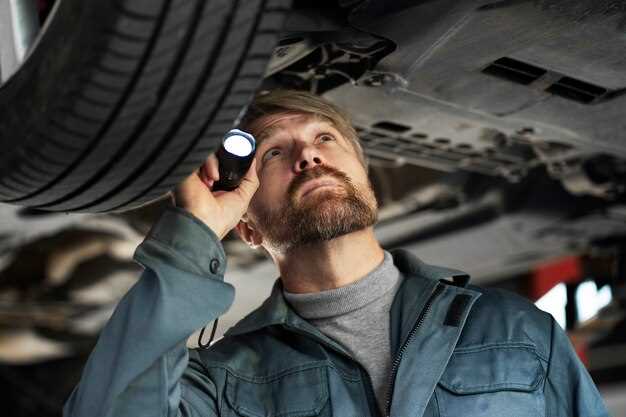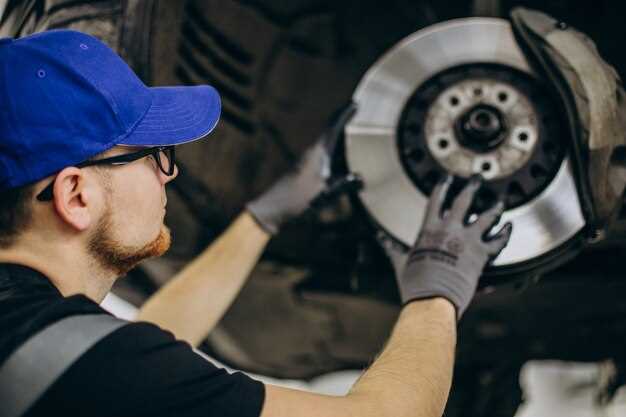
Braking systems are critical for the safety and performance of any vehicle. A well-functioning brake system allows drivers to have full control on the road, responding effectively to various driving conditions. However, like any mechanical system, brakes can experience problems that may compromise their efficiency and safety. Understanding common brake issues and learning how to repair them is essential for maintaining a reliable vehicle.
Among the most frequent brake problems are squeaking or grinding noises, brake fluid leaks, and fading brake performance. Each of these issues can lead to serious consequences if left unaddressed. Squeaky brakes often indicate worn brake pads, while grinding noises may signal severe wear or damage. Fluid leaks can affect the hydraulic pressure necessary for effective braking, and fading performance can occur for various reasons, including overheating or moisture contamination.
In this article, we will delve deeper into these common brake issues, outlining their symptoms, causes, and practical steps for repair. Whether you’re a seasoned mechanic or a novice car owner, understanding these elements will empower you to take control of your vehicle’s brake health and ensure your safety on the road. By being proactive about brake maintenance and repairs, you can prevent minor issues from escalating into dangerous situations.
Diagnosing Squeaking Brakes: Causes and Solutions

Squeaking brakes are a common issue that can indicate several underlying problems. Identifying the cause early can prevent more severe damage and ensure safe driving. This section outlines the potential causes and their respective solutions.
One primary cause of squeaking brakes is worn brake pads. As the friction material wears down, metal shims can come into contact with the rotor, producing a squeaking sound. To address this, inspect the brake pads for wear indicators. If they are worn beyond the recommended thickness, replace the brake pads with high-quality replacements that meet or exceed the manufacturer’s specifications.
Another possible reason for squeaking is moisture buildup on the brake components. Rain or humidity can lead to a thin layer of rust forming on the rotors, which may cause a temporary squeaking noise until the surface is cleaned by normal brake operation. This issue is usually not serious, and the noise should dissipate after a few stops. If moisture exposure is frequent, consider checking the brake system for any possible leaks that may facilitate water entry.
Improper installation of brake components can also result in noise. If brake pads, rotors, or calipers are not aligned correctly, additional friction can occur, leading to squeaking. Ensure that all components are installed and torqued to manufacturer specifications. If the problem persists after reinstalling, consult a professional mechanic to verify the setup.
Lastly, low-quality brake pads can contribute to squeaking. Many aftermarket products prioritize cost over performance. Using high-quality, noise-reducing brake pads can minimize squeaking and enhance braking performance. If you suspect low-quality materials are the cause, consider upgrading to a reputable brand that offers better durability and sound dampening features.
To summarize, diagnosing squeaking brakes involves checking for worn pads, moisture, installation issues, and the quality of materials used. Addressing these causes promptly can ensure a quieter and more effective braking system.
Dealing with Brake Fluid Leaks: Inspection and Repair Tips

Brake fluid leaks can significantly compromise vehicle safety and performance. Identifying and addressing these leaks promptly is crucial for maintaining optimal braking function. To begin, inspect the entire brake system, including the master cylinder, brake lines, calipers, and wheel cylinders. Look for wet spots, puddles, or discoloration around these components, as these are common indicators of a leak.
Using a flashlight can help illuminate hard-to-see areas. Pay special attention to the rubber brake lines, as they can develop cracks or become brittle over time. If you notice a drop in brake fluid levels in the reservoir, it may signal a more severe issue within the brake system.
If a leak is detected, the next step is to tighten any loose fittings or connections. Use a wrench to ensure everything is snug. If the leak persists, replace affected components. This may include the brake lines, which can be purchased pre-formed or as bulk material for custom lengths.
For minor leaks in rubber hoses, you may use hose clamps as a temporary fix; however, replacement is recommended for long-term reliability. When replacing brake fluid, always use the type specified by your vehicle’s manufacturer, as mismatched fluids can lead to further damage.
After repairs, thoroughly bleed the braking system to eliminate any air bubbles that may have entered during the leak repair. This ensures consistent brake pressure and performance. Test drive the vehicle in a safe area to check for responsiveness and any remaining fluid leaks.
Regular maintenance checks can help prevent brake fluid leaks. Inspect your brake system routinely and replace worn-out components timely. If you encounter persistent issues, consult a professional mechanic for a comprehensive evaluation. Addressing brake fluid leaks promptly can enhance vehicle safety and extend the lifespan of the brake system.
Addressing Brake Vibration: Identifying Problems and Fixing Them
Brake vibration is a common issue that can compromise vehicle safety and comfort. Identifying the underlying problems is essential to ensure efficient braking performance and to prevent further damage. Common causes of brake vibration include warped brake rotors, uneven brake pads, and improper wheel alignment.
Warped brake rotors are one of the primary culprits of vibration during braking. This deformation can occur due to excessive heat buildup or improper installation. To diagnose this issue, inspect the rotors for visible signs of warping, such as uneven surface or grooves. If warping is evident, replacing or resurfacing the rotors is necessary. Frequent inspection of rotor thickness after heavy use can help prevent this issue.
Uneven brake pads can also contribute to vibration. This problem often arises from poor-quality pads or irregular wear patterns. To check for uneven wear, remove the wheel and inspect the pads for thickness. If one side is significantly more worn than the other, replacing the pads on both sides is recommended to maintain balance. Selecting high-quality brake pads can mitigate these issues in the future.
Improper wheel alignment and balancing can exacerbate vibration when braking. Misalignment can result from potholes or curb impacts. A thorough check of the alignment can be conducted at a professional service center. Regularly scheduled alignments, especially after potential impacts, help ensure that wheels are properly aligned, reducing overall vibration.
Finally, loose or damaged hardware, such as caliper bolts and brackets, may also lead to vibration. Regularly inspecting these components during brake maintenance can prevent vibrations caused by hardware issues. Tightening or replacing any damaged components as needed will enhance braking efficiency.
In conclusion, addressing brake vibration requires careful identification of underlying problems and appropriate corrective actions. Regular inspection and maintenance will not only enhance braking performance but also extend the life of brake components.





